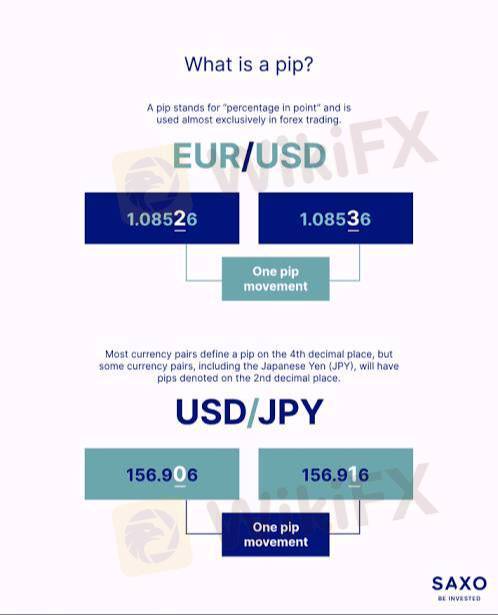
2025-04-28 11:48
IndustryPredicting the stability of emergingmarket currenc
#CurrencyPairPrediction
Predicting the stability of emerging market currencies is a multifaceted endeavor that involves analyzing a range of macroeconomic, financial, and political factors. Emerging market currencies are often more volatile and susceptible to external shocks than those of developed economies due to factors such as lower liquidity, higher inflation rates, greater reliance on foreign capital, and political instability.
Several key indicators are crucial in assessing and predicting the stability of these currencies. Economic growth prospects, as measured by GDP growth rates and forecasts, play a significant role. Strong and sustainable growth typically supports currency stability by attracting investment. Inflation rates and the central bank's commitment to price stability are also critical. High or accelerating inflation can erode a currency's value and lead to instability. Fiscal health, including government debt levels and budget balances, indicates the government's ability to manage its finances and avoid reliance on excessive borrowing, which can destabilize the currency.
The balance of payments, particularly the current account balance, is another important indicator. Persistent current account deficits can make a currency vulnerable to capital outflows. Foreign exchange reserves held by the central bank provide a buffer against external shocks and can be used to intervene in the currency market to maintain stability. The level of external debt and its composition (short-term vs. long-term, currency denomination) also affect a country's vulnerability to currency crises. Political stability and the rule of law are crucial for investor confidence and currency stability, as political uncertainty can trigger capital flight.
Global factors, such as US monetary policy, global risk appetite (often reflected by the VIX index), and commodity prices (for commodity-exporting emerging markets), can also significantly impact emerging market currencies. A strengthening US dollar or increased global risk aversion often leads to depreciation pressures on emerging market currencies.
Various models and indicators attempt to predict currency stability, including early warning systems that monitor key ratios and signal potential vulnerabilities. However, accurately forecasting currency stability remains challenging due to the complex interplay of these factors and the potential for unforeseen events. Diversification across emerging markets can help manage the inherent currency risk.
Like 0
FX3325753062
Trader
Hot content
Industry
Event-A comment a day,Keep rewards worthy up to$27
Industry
Nigeria Event Giveaway-Win₦5000 Mobilephone Credit
Industry
Nigeria Event Giveaway-Win ₦2500 MobilePhoneCredit
Industry
South Africa Event-Come&Win 240ZAR Phone Credit
Industry
Nigeria Event-Discuss Forex&Win2500NGN PhoneCredit
Industry
[Nigeria Event]Discuss&win 2500 Naira Phone Credit
Forum category

Platform

Exhibition

Agent

Recruitment

EA

Industry

Market

Index
Predicting the stability of emergingmarket currenc
 Malaysia | 2025-04-28 11:48
Malaysia | 2025-04-28 11:48#CurrencyPairPrediction
Predicting the stability of emerging market currencies is a multifaceted endeavor that involves analyzing a range of macroeconomic, financial, and political factors. Emerging market currencies are often more volatile and susceptible to external shocks than those of developed economies due to factors such as lower liquidity, higher inflation rates, greater reliance on foreign capital, and political instability.
Several key indicators are crucial in assessing and predicting the stability of these currencies. Economic growth prospects, as measured by GDP growth rates and forecasts, play a significant role. Strong and sustainable growth typically supports currency stability by attracting investment. Inflation rates and the central bank's commitment to price stability are also critical. High or accelerating inflation can erode a currency's value and lead to instability. Fiscal health, including government debt levels and budget balances, indicates the government's ability to manage its finances and avoid reliance on excessive borrowing, which can destabilize the currency.
The balance of payments, particularly the current account balance, is another important indicator. Persistent current account deficits can make a currency vulnerable to capital outflows. Foreign exchange reserves held by the central bank provide a buffer against external shocks and can be used to intervene in the currency market to maintain stability. The level of external debt and its composition (short-term vs. long-term, currency denomination) also affect a country's vulnerability to currency crises. Political stability and the rule of law are crucial for investor confidence and currency stability, as political uncertainty can trigger capital flight.
Global factors, such as US monetary policy, global risk appetite (often reflected by the VIX index), and commodity prices (for commodity-exporting emerging markets), can also significantly impact emerging market currencies. A strengthening US dollar or increased global risk aversion often leads to depreciation pressures on emerging market currencies.
Various models and indicators attempt to predict currency stability, including early warning systems that monitor key ratios and signal potential vulnerabilities. However, accurately forecasting currency stability remains challenging due to the complex interplay of these factors and the potential for unforeseen events. Diversification across emerging markets can help manage the inherent currency risk.
Like 0
I want to comment, too
Submit
0Comments

There is no comment yet. Make the first one.

Submit
There is no comment yet. Make the first one.